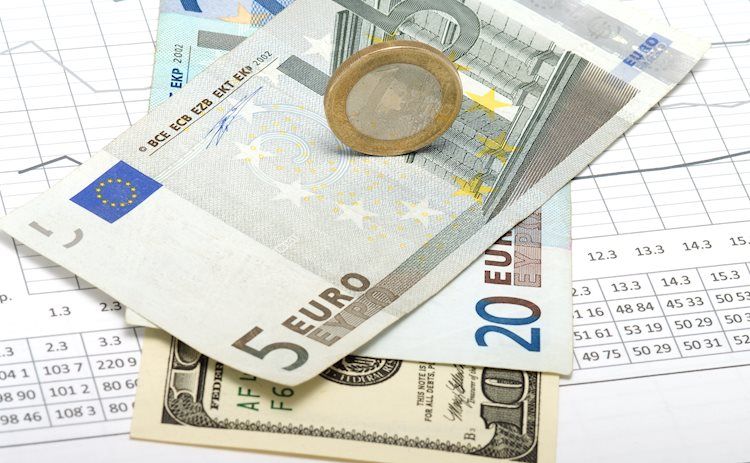The EUR/USD pair stays above the crucial 1.1100 support level, driven by expectations of a significant interest rate cut by the Federal Reserve (Fed). Market speculation for a large rate cut has increased following weaker-than-expected Producer Price Index (PPI) data for August. The CME FedWatch tool shows a 69% probability of a 50 basis points (bps) rate cut to 4.75%-5.00% by the Fed. The dot plot suggests a 100 bps rate cut to 4.25%-4.50% by year-end, signaling the possibility of a large rate cut in one of the remaining three meetings this year.
Additionally, the US Dollar has recovered after upbeat Retail Sales data for August, with the US Dollar Index (DXY) rebounding to near 101.00. The near-term outlook for the USD remains uncertain despite the intraday recovery. The table shows the percentage changes of the USD against major currencies, with the USD strengthening against the Japanese Yen on the day.
On the other hand, EUR/USD edges lower as the European Central Bank (ECB) avoids committing to a pre-defined interest rate cut path. ECB officials prefer to decide on interest rates meeting by meeting, contrasting with market expectations. Less dovish guidance from ECB Governing Council member Peter Kazimir suggests a delay in the ECB’s rate cut decision until December. Economic Sentiment in the Eurozone has also declined significantly to 9.3 in September, adding to concerns about economic growth in Germany.
Technically, EUR/USD has steadied above 1.1100, gaining further to near 1.1150. The near-term outlook for the pair has strengthened as it holds above the 20-day Exponential Moving Average (EMA) and trades within a Rising Channel chart pattern. The 14-day Relative Strength Index (RSI) is near 60.00, indicating a bullish momentum if sustained.
The Federal Reserve (Fed) plays a crucial role in shaping monetary policy in the US, with a primary goal of achieving price stability and fostering full employment. The Fed uses interest rates as a tool to adjust economic conditions, raising rates to combat inflation and lowering rates to encourage borrowing in times of low inflation or high unemployment. The FOMC holds eight policy meetings a year to assess economic conditions and make monetary policy decisions.
In extreme situations, the Fed may implement Quantitative Easing (QE) to increase the flow of credit in the financial system, typically during crises or periods of low inflation. Quantitative Tightening (QT) is the reverse process of QE, where the Fed reduces its bond holdings to tighten monetary policy. Overall, the outcome of the Fed’s interest rate decision and monetary policy actions will continue to impact the EUR/USD pair in the coming sessions.









